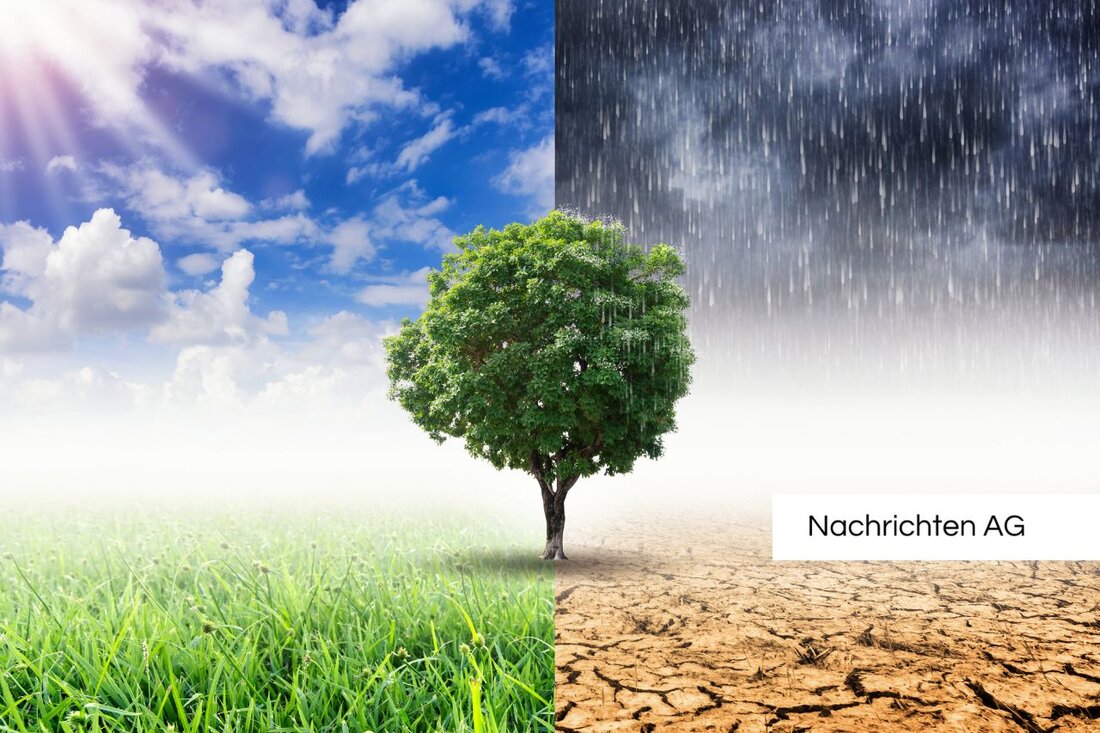Vienna is blooming: 690,000 flower bulbs for a colorful spring!
Vienna city gardens start autumn work: over 690,000 flower bulbs are planted for a colorful spring.

Vienna is blooming: 690,000 flower bulbs for a colorful spring!
With autumn comes the start of activity in Vienna's city gardens. On October 25, 2025, gardeners in various parks around the city will begin tending to the beds and preparing for the coming spring. As part of this work, over 690,000 flower bulbs will be planted, including more than 590,000 in over 470 flower beds, mainly consisting of tulip bulbs. This ensures that the colors in Vienna's parks will continue to shine next year.
A special highlight is the new crocus meadow in Türkenschanzpark, which is being created with 100,000 flower bulbs. This meadow will not only provide visual appeal, but will also provide food sources for insects early in the spring. After planting, the tulip bulbs are covered with around 70 tons of brushwood and the beds are marked accordingly as “Caution – flower bulbs sleep here”. This makes the walks in the parks particularly worth seeing and at the same time appeals to visitors to be considerate so as not to endanger the freshly planted onions. Wien.gv.at reports.
Leaf utilization and biodiversity
Autumn work includes not only planting bulbs, but also removing and properly composting spent summer flowers. The leaves collected from over 500,000 city trees every year are also composted or returned to the natural cycle as natural fertilizer. These practices not only promote soil quality, but also provide habitat for numerous animals. The city gardens encourage private garden owners to leave the leaves lying so that they provide shelter for small animals such as hedgehogs and insects. Headtopics.com informs.
In the large parks, some of the foliage is incorporated into shrub areas to create natural habitats. The city gardens themselves focus on sustainability and offer climate-neutral 48-pack leaf bags made from renewable raw materials for garden waste. This is another step towards promoting eco-friendly practices in the city.
New parks and biodiversity
The Vienna City Gardens not only work on maintaining existing parks, but also on creating new recreational areas. The Nordbahnhof park, which is the largest project since 1974, will be fully completed by autumn 2025. It covers 93,000 m² and combines recreational spaces for people with retreats for flora and fauna. Particular emphasis is placed on the preservation of old trees and the replanting of over 270 trees, creating various habitats for rare species such as the red-backed shrike and various species of butterflies. Wien.gv.at highlights.
In addition to the climate forest in Walter Kuhn Park, where 166 new trees and a flower meadow were created, the butterfly meadow in the Donaupark and the insect meadow in the Ruthnergasse park remain the heart of the biodiversity initiatives. These areas provide species-rich habitats and have been optimized with pond areas and irrigation connections to improve living conditions for amphibians and other aquatic species.
With these extensive autumn works, the Vienna City Gardens are making valuable contributions to nature and species protection as well as to promoting biodiversity in the city. Walks in the numerous parks, such as the Green Prater or the Floridsdorf water park, are not only relaxing, but also educational for all citizens and visitors to Vienna who are interested in nature.

 Suche
Suche
 Mein Konto
Mein Konto